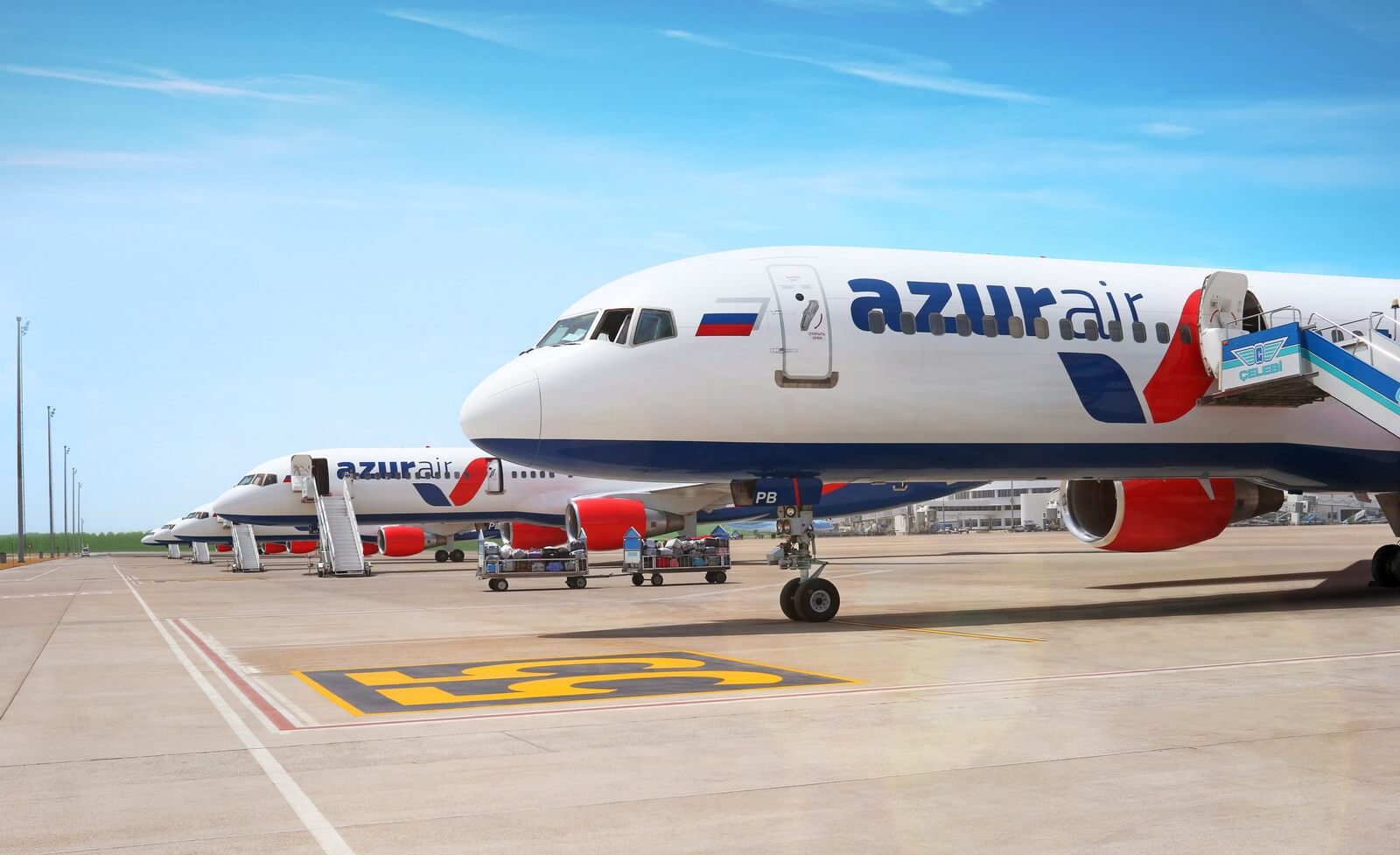Objective
We are all familiar with a common means of payment for goods and services, i.e. in cash or by bank card. What can be easier than that? In the last 10 years, the payment market generally seemed to be quite conservative. However, in present day new payment methods arise, and they have already become a part of our everyday's life. Portable accessories (smartphones, smartwatches) or even a user himself can act as payment devices. In this article, we will focus on a QR code method of contactless payment.
Our long-time partner, Passenger Transport Enterprise company (PTP LLC) has requested us to develop a QR code fare payment system. After all, it is no secret that in several countries of the world such systems work successfully on land public transport and in the subway. At the same time, the Russian public transport market is not very familiar with the QR code fare payment, even though such system is very convenient for passengers.
First of all, the user downloads the mobile application and links his bank card. During their trip, the user scans the QR code printed on a sticker located in the passenger compartment using the said application. Payment is made automatically, and the user receives an electronic copy of the ticket, which can be presented to the conductor or controller.
Implementation
Now let's consider how the system works from the inside. The first thing we needed to develop was a mobile app. We have chosen Android and iOS, which are two most popular mobile operating systems. Since we wanted the payment application to be a part of a single ecosystem, we combined it with the personal account of the PTP LLC passenger. Therefore, in addition to QR payment, we enriched the application with such functionality as bank cards and electronic travel tickets management, list of trips and arrivals timetable. All these functions will undoubtedly be useful to the passengers of the company. Besides, new functionality of the application will be implemented in parallel with the development of the personal account.
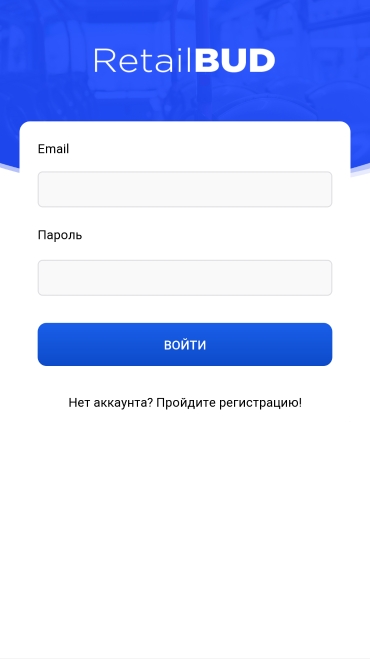
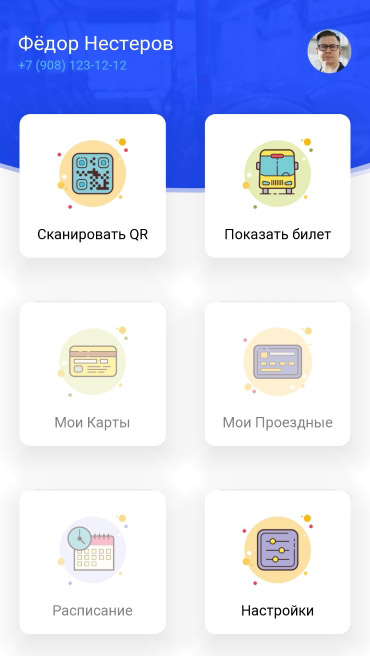
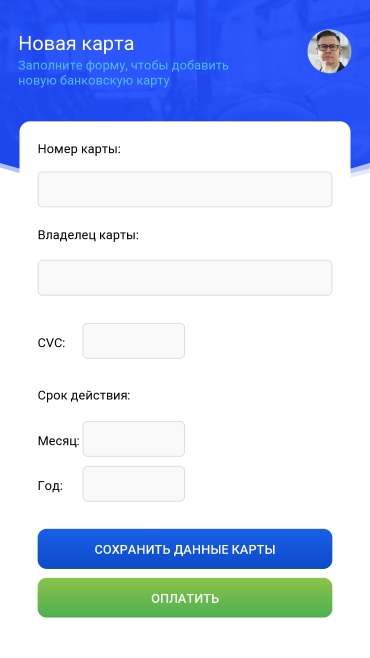
So, we've finished developing the application, but our customer still has some very important and reasonable questions. How to assay the effectiveness of ticket sales using QR code payments? Where to find the statistics and how to make a sales report? The answer is obvious — to make a connection with our cloud-based ERP system JoinPAY «Transport». The new E-commerce section is created to display complete statistics on QR transactions of the transport company. The first thing we see when we go to this section is the list of legal entities of the company, to each of which a kind of virtual POS-terminal is tied using Mertchant ID.
By accessing the page of a such terminal, we can see a full picture of the number of payments made, as well as the company's revenue on QR transactions for each month for a specific legal entity. In addition, this section provides a QR transaction search tool, with which you can find transactions by any date range, by a particular bus, or by payment status (successful or failed transactions).
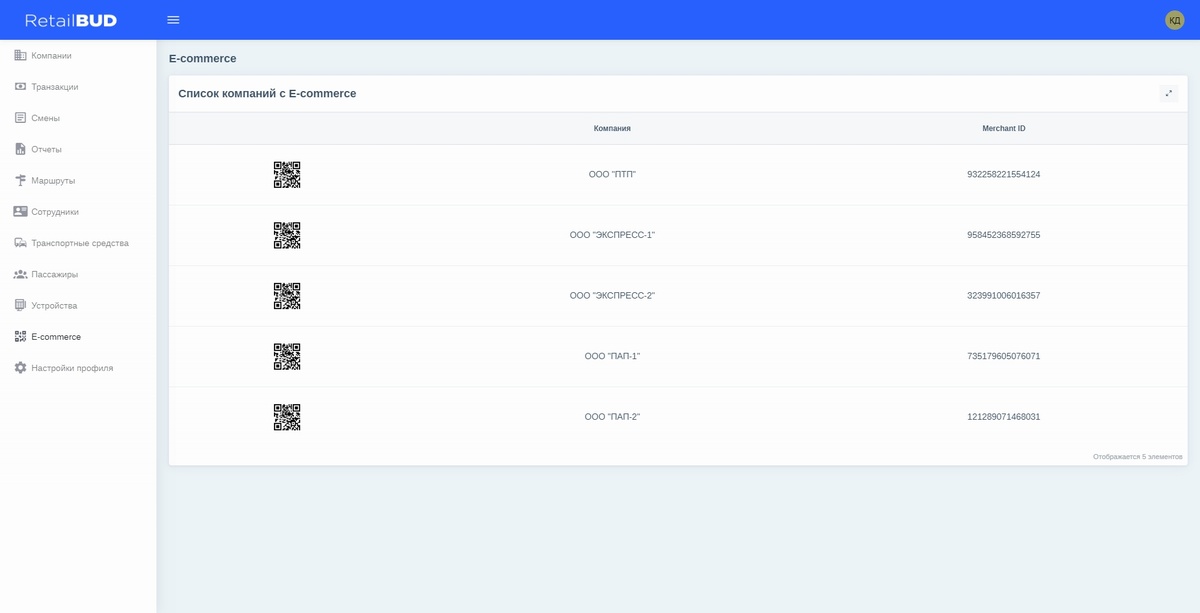

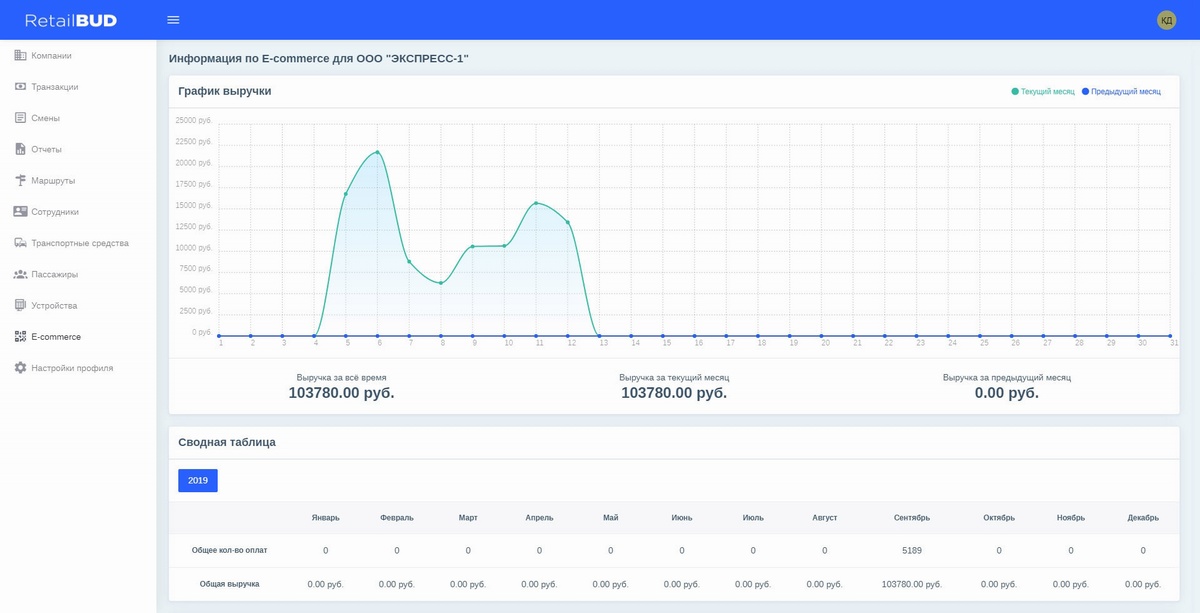
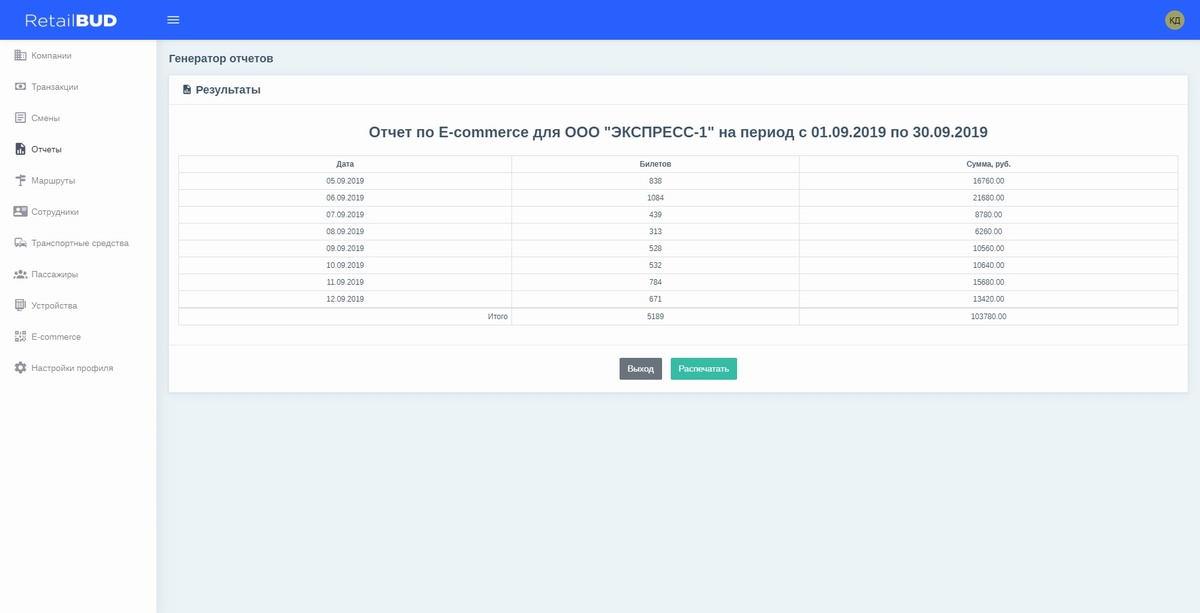
Another innovation is the sales report, which clearly shows the revenue from QR transactions. In order to make this report, the user selects a legal entity, as well as a date or an arbitrary range of two dates. After that, a ready-to-print report is formed, which displays the number of tickets sold and the amount earned on each day, as well as the total number of tickets and the total amount for the entire period. All this new functionality is very easy to learn and does not require special knowledge. It also allows the company to always have up-to-date information about the ticket sales by QR code segment.
After we've finished developing the system, all what was left to do was to prepare special stickers, which will be placed in the passenger compartment of the company's buses. Each sticker contains a unique QR code, which encrypts the information about the company and the vehicle. Also the sticker indicates the current fare and has a brief instruction on the payment using the application. To manufacture stickers we use matte film, which is fairly resistant to wear, and it is an important factor for public transport.
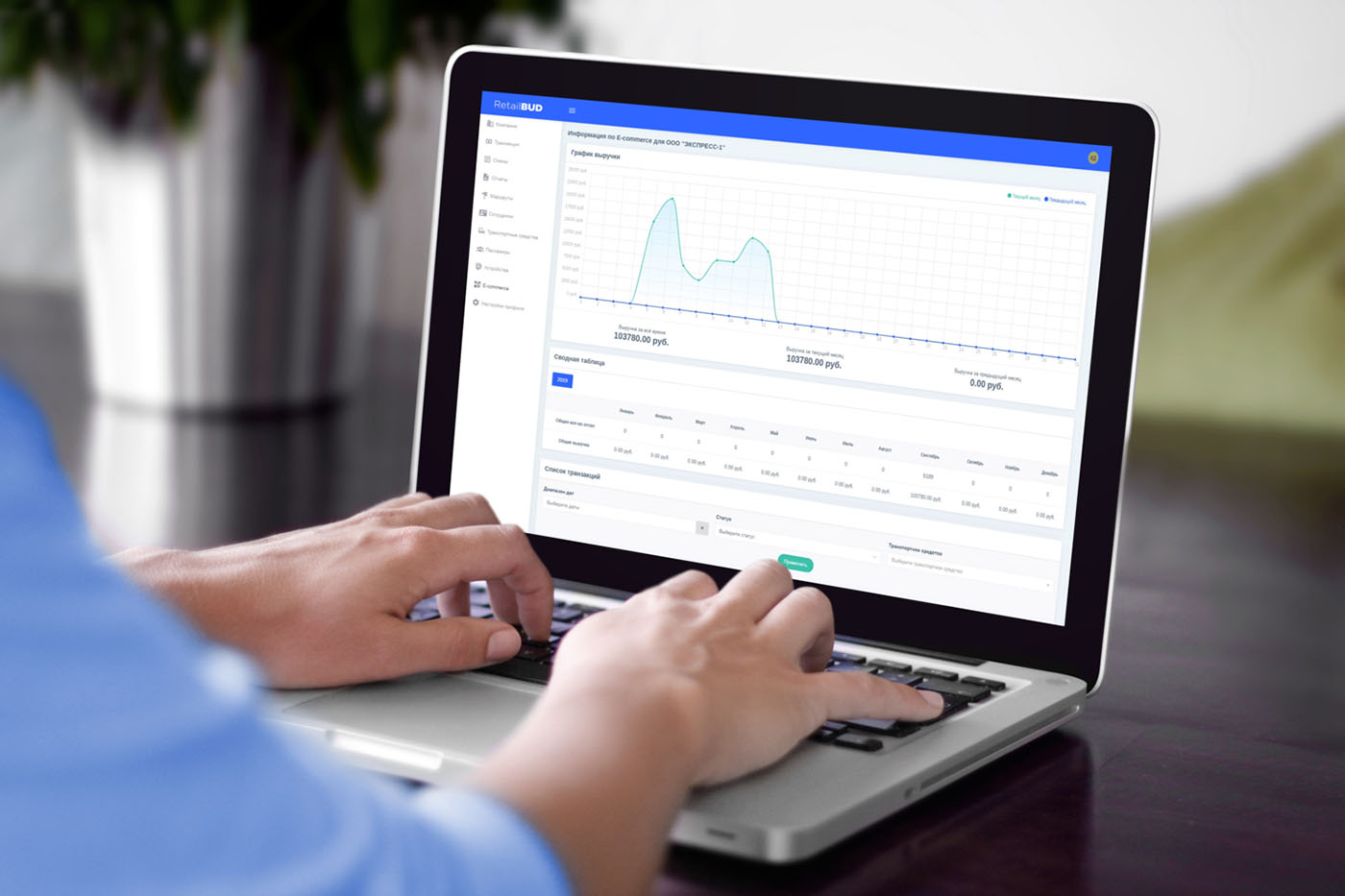
Conclusion
Cashless QR code payments continue to gain popularity worldwide. At present day, we offer public transport companies to implement QR code fare payments. The system developed by us increases the convenience of payment, and, as a result, the loyalty of passengers. In addition, QR code payments help to increase the speed of fare payment, which ultimately gives a positive dynamics of the company's revenue.

Marina Anatolievna Karandina
CEO of PTP LLC
Recently, our long-standing partner, the MST company, approached us with a proposal to introduce a new payment system on our buses. This idea seemed very interesting to us, so we immediately began to actively cooperate with MST for the swift implementation of the project. Already on day 1 of QR code payment implementation, we saw a positive response from passengers, many of them liked this new way of payment. In addition, our company now has a convenient application, where passengers can pay for rides and see all the trips made. I believe that by introducing new technologies we make our service more comfortable for all passengers of the city.

Maxim Leonidovich Bornovolokov
CEO of MST Company LLC
We always follow modern payment trends in our company. And of course, we could not miss the opportunity to provide support for an additional payment method in our platform. Now the passengers of PTP LLC have the opportunity to pay for travel in cash, by classic bank cards, electronic devices with NFC technology, as well as the possibility of payment using QR codes. This method will be especially relevant for passengers whose smartphones do not support NFC technology. Thus, we have provided almost all possible payment channels for transport, which makes our solution one of the most technologically advanced.

